
Pharmacist-led interventions significantly improve antibiotic prescribing practices, optimize therapy, and improve patient outcomes.

Pharmacist-led interventions significantly improve antibiotic prescribing practices, optimize therapy, and improve patient outcomes.

This case study underscores the critical importance of pharmacists who can provide comprehensive consideration and exploration of the appropriate treatment plan.
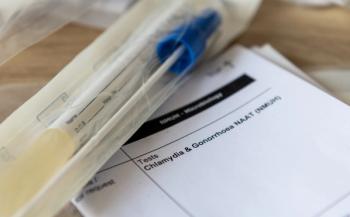
The cobas liat system is a closed system that aims to reduce contamination risks and enhances the reliability of results at the point of care.
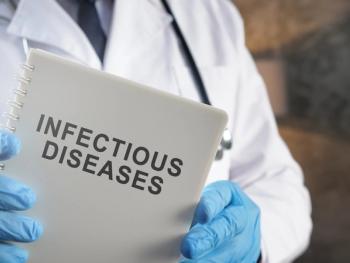
Pharmacists ensure responsible antibiotic use, combating resistance through tailored therapies.
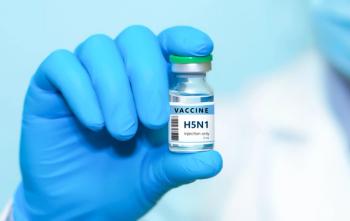
As H5N1 bird flu outbreaks impact all 50 states, concerns grow over its spread to humans.

Pharmacists should prioritize the needs of the patient in front of them and determine what matters most in each specific situation.

Pharmacists' accessibility and expertise in medication management make them ideal health care providers to discuss prevention strategies, medication adherence, and potential adverse effects.

Despite these concerns, experts have emphasized that the benefits of RSV vaccination outweigh potential risks for older adults, who are at heightened risk of severe RSV-related illness.

Management of acute otitis media in children involves evidence-based antibiotic prescribing.
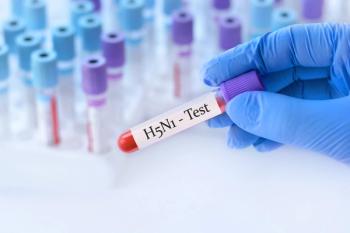
The patient was hospitalized after exposure to an infected backyard flock.
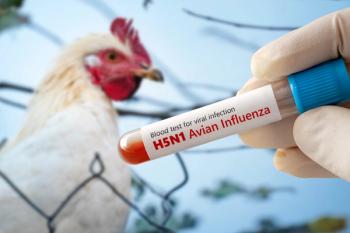
Two cases of hospitalizations show mutations that may allow H5N1 to more easily target human cells.

Pharmacy students can provide education, patient advocacy, and medication access.

Immunocompromised older adults developed fewer antibodies against RSV following vaccination compared with immunocompetent individuals.

The regulatory decision marks a significant step forward in the treatment of non-tuberculous mycobacteria infections.
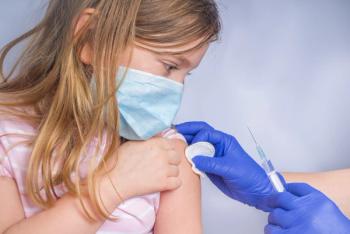
Study results show that the updated BNT162b2 XBB vaccine is effective in preventing hospitalizations or emergency department visits associated with COVID-19 complications.

Clinical trials will seek to evaluate the immunogenicity and safety of the LBT-SA7 vaccine.

Phage therapy, which uses lytic bacteriophages to target antibiotic-resistant bacteria, has resurfaced as a promising treatment for multidrug-resistant infections, but faces challenges in regulation, production, and clinical implementation despite its growing evidence of efficacy.

Clesrovimab would be the first and only single dose immunization indicated for infants regardless of weight, aimed to protect against their first RSV season.

A collaborative health care approach enhances patient outcomes and supports informed decision-making in antibiotic management.

Results suggest that patients commonly receive more than 5 days of treatment, which could be an opportunity for an antimicrobial stewardship initiative.

Jerome Adams, former US surgeon general, discusses the importance of receiving recommended vaccines against influenza and COVID-19 for health care personnel.

The decline was attributed to continued adherence to infection prevention and control measures.
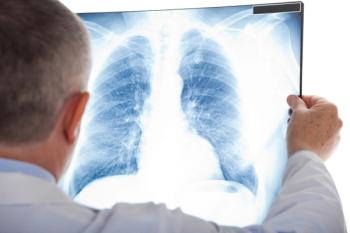
Investigators say basic immunodeficiency screening should be completed in full for this patient population.
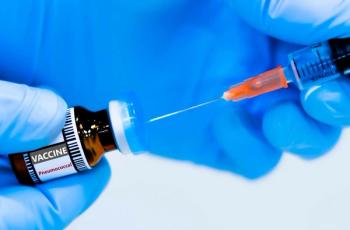
Pneumococcal disease incidence decreased in adults after pneumococcal vaccines began to be used in children due to indirect protection, with fewer adults found to carry the bacterium that causes disease.

Evidence suggests that precautionary measures in elementary schools were able to effectively mitigate large increases in disease transmission.